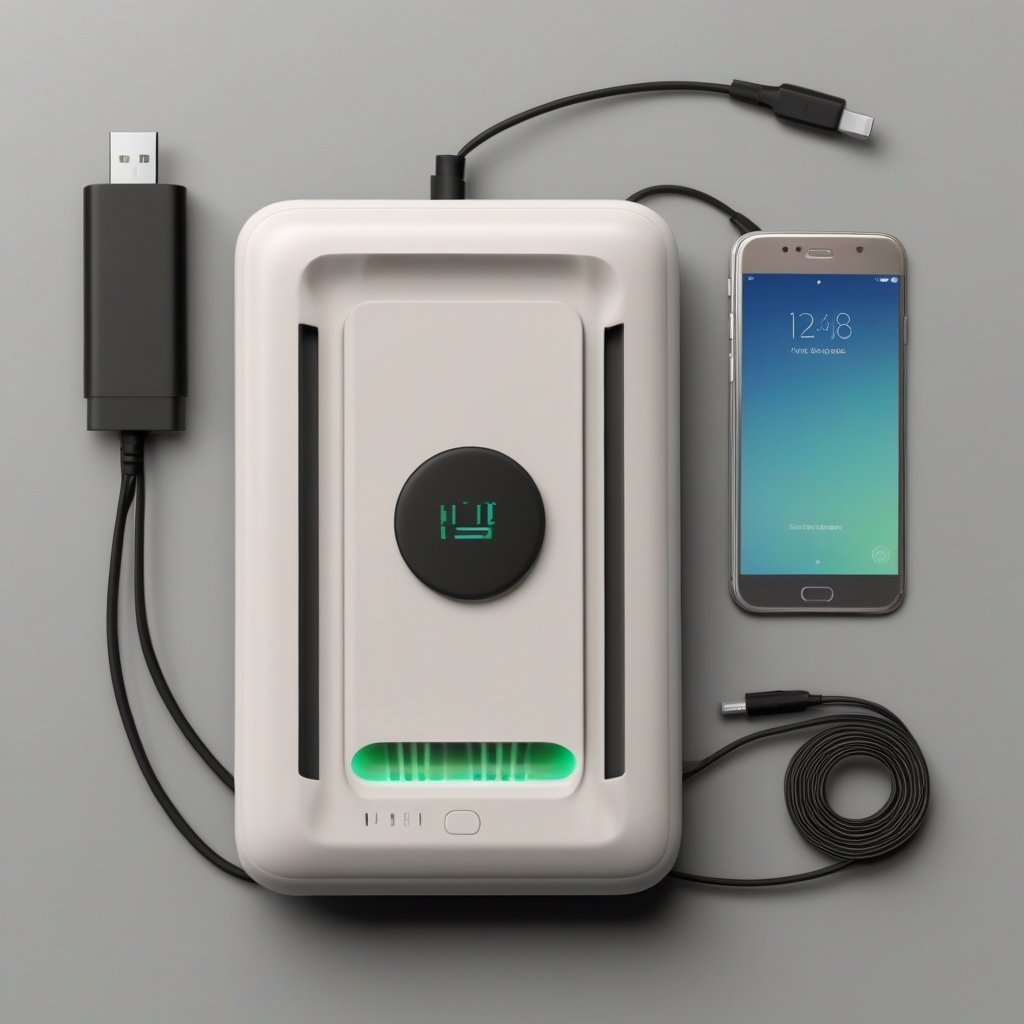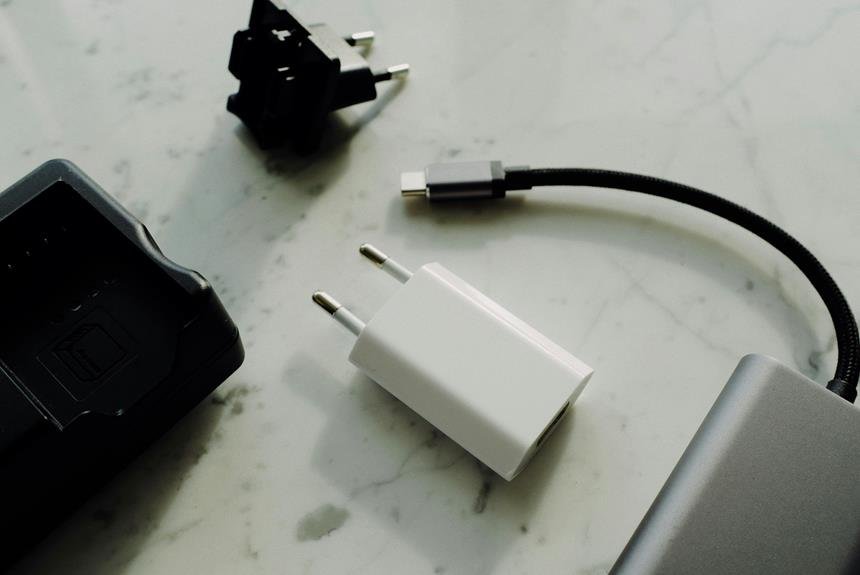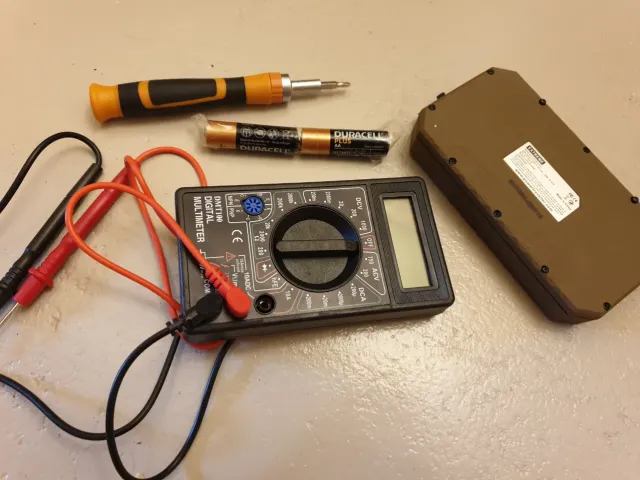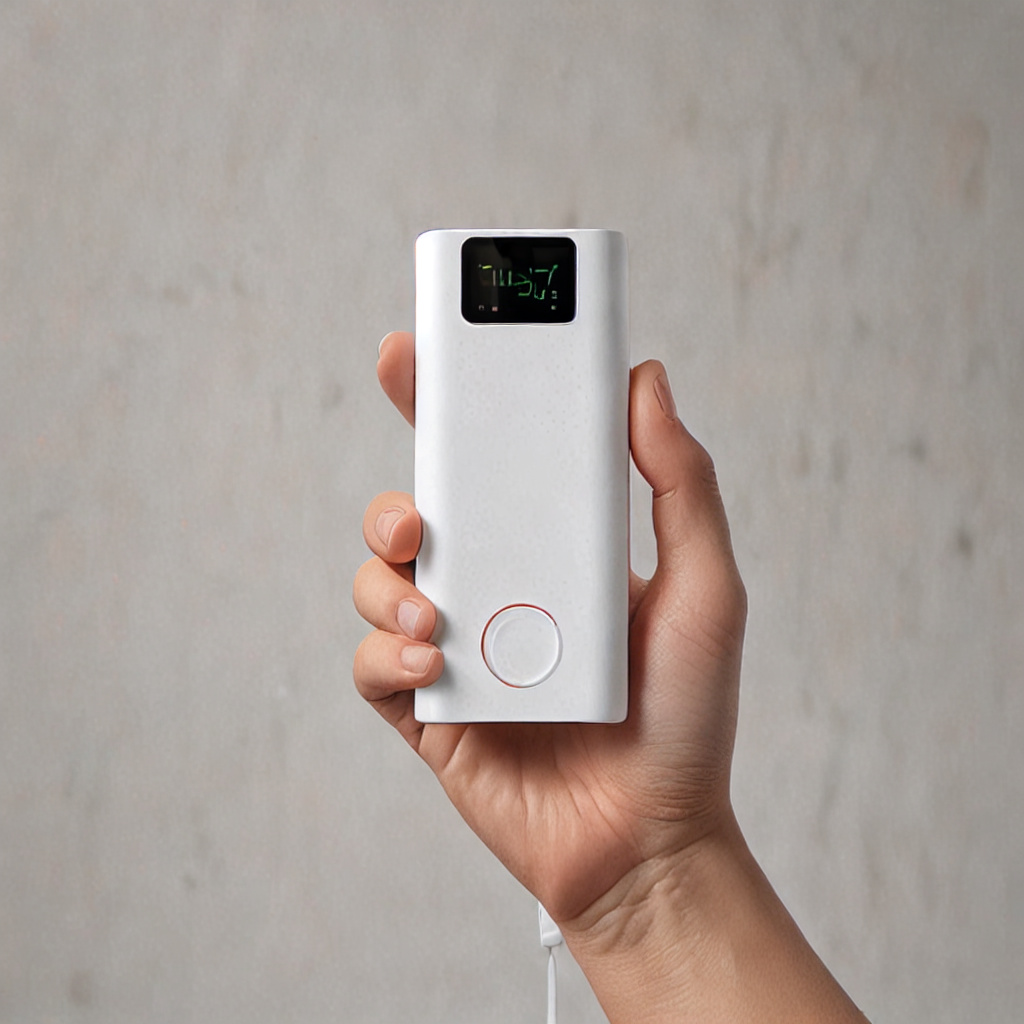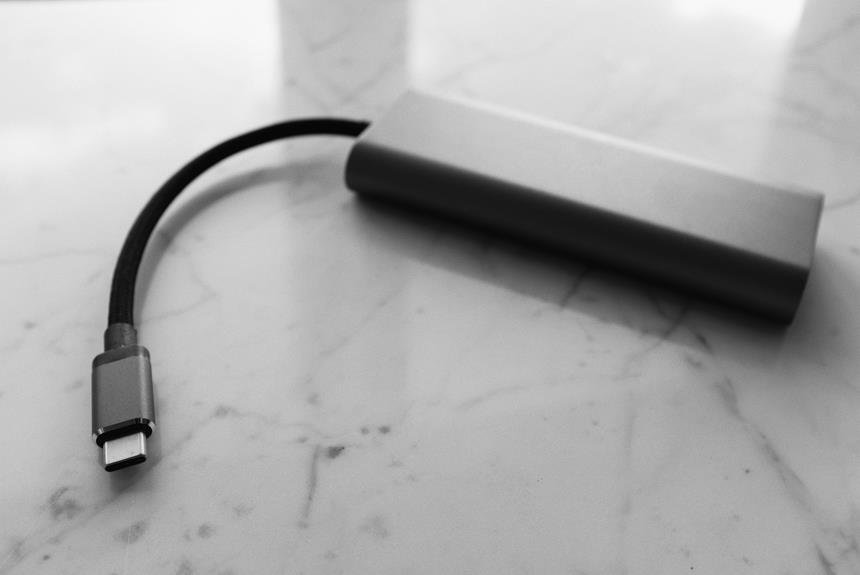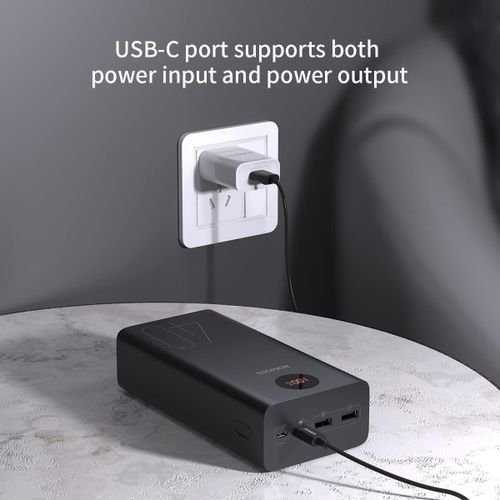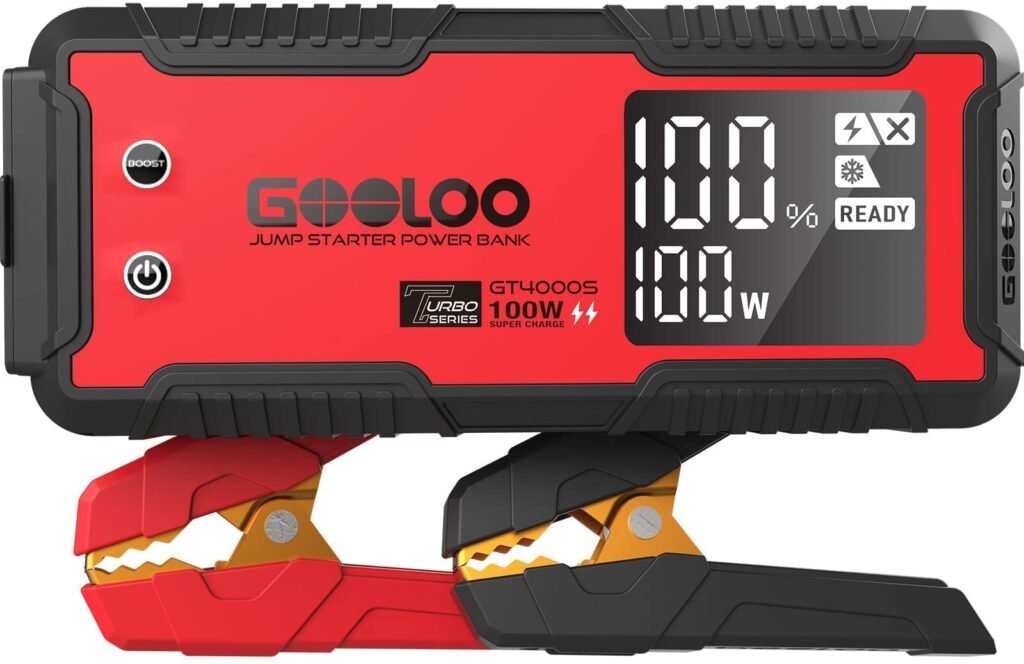Posted inTroubleshoot
To reset your power bank, first locate the reset button—typically a small pinhole or flush-mounted button near the USB ports or LED indicators. Use a non-conductive tool like a plastic…
Posted inBlog
To charge your Ideaplay Power Bank, first identify the suitable input port—often micro-USB or USB Type-C. Match it with a compatible charging cable. Use a dependable adapter, ensuring voltage compatibility…
Posted inBlog
To check your power bank capacity with a multimeter, first gather your tools: a dependable multimeter and suitable connectors. Know your power bank's capacity, voltage, and amperage ratings. Set the…
Posted inBlog
Resetting your power bank is straightforward. First, check the LED indicators and verify your charging cable and adapter aren't faulty. Clean the ports if needed. To reset, unplug all devices…
Posted inBlog
Your power bank may automatically turn off due to several built-in safety features designed to protect both the power bank and connected devices. These include overcurrent protection, low power mode,…
Posted inCapacity and Charging
To charge your Romoss 40000mAh power bank properly, start by selecting a compatible charger—ideally a Quick Charge or USB-C PD model. Match the voltage and amperage with the power bank's…
Posted inJump Starter Power Bank
To charge your Gooloo Jump Starter Power Bank, connect the USB-C cable to the charging port. Plug the cable into a suitable power adapter, ensuring it's Quick Charge 3.0 or…


